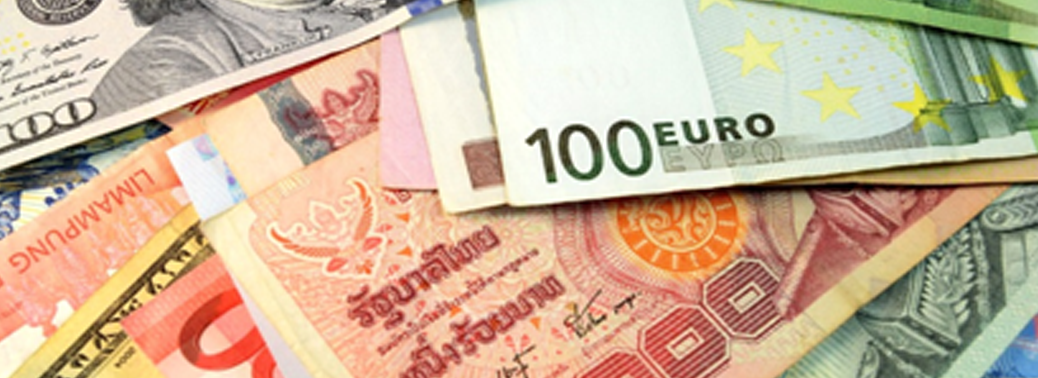FOREIGN EXCHANGE RESERVES
04, May 2020

Prelims level : Banking
Mains level : GS-III Indian Economy and Issues Relating to Planning, Mobilization of Resources, Growth, Development and Employment.
Why in News?
- Recently, India’s Foreign Exchange (Forex) reserves declined by $113 million to $479.45 billion in the week to 24 April, 2020 due to a Fall in Foreign Currency Assets.
Highlights:
- The foreign currency assets (FCAs) decreased by $321 million to $441.56 billion. The Gold reserves rose by $221 million to $32.901 billion.
- The country’s reserve position with the IMF also was down by $8 million to $3.57 billion. The special drawing rights with the International Monetary Fund (IMF) fell by $6 million to $1.42 billion.
- Earlier, the reserve had touched a life-time high of $487.23 billion in the week ended by 6 March, 2020. During 2019-20, the country’s foreign exchange reserves rose by almost $62 billion.
About Foreign Exchange Reserves:
- It is an asset, which is held on reserve by a central bank in foreign currencies, which can include bonds, treasury bills and other government securities.
- It needs to be noted that most foreign exchange reserves are held in U.S. dollars. These assets serve many purposes but are most significantly held to ensure that the central bank has backup funds if the national currency rapidly devalues or becomes altogether insolvent.
- India’s Forex Reserve includes Foreign Currency Assets, Gold reserves, Special Drawing Rights and Reserve position with the International Monetary Fund (IMF).
About Reserve Position in the International Monetary Fund:
- A reserve tranche position implies a portion of the required quota of currency each member country must provide to the International Monetary Fund (IMF) that can be utilized for its own purposes.
- It is basically an emergency account that IMF members can access at any time without Agreeing to Conditions or Paying a Service Fee.
About Foreign Currency Assets (FCA):
- These are assets that are valued based on a currency other than the country’s own currency.
- It is the largest component of the forex reserve, which is expressed in dollar terms.
- It includes the effect of appreciation or depreciation of non-US units like the euro, pound and yen held in the foreign exchange reserves.
About Special Drawing Rights (SDR):
- It is an international reserve asset, created by the IMF in 1969 to supplement its member countries’ official reserves.
- It is neither a currency nor a claim on the IMF. Rather, it is a potential claim on the freely usable currencies of IMF members. SDRs can be exchanged for these currencies.
- Its value is calculated from a weighted basket of major currencies, including the U.S. dollar, the euro, Japanese yen, Chinese yuan, and British pound. The Interest rate on SDRs or (SDRi) is the interest paid to members on their SDR Holdings.






